Too bad there isn't a free API that could be used to delete all posts /s
Very cool pictures. I love the drapery formation.
Probably an unpopular opinion but Marengo Cave looks more interesting than Mammoth Cave. Mammoth is cool and worth visiting but a lot of it is dry so not a lot of formations.
My favorite cave/cavern in the park system that I have visited is Carlsbad Cavern. Absolutely spectacular.
That's actually a great point that there are a lot of additional options these days. I wrote about my history of espresso making and when I got started there weren't as many options.
The best hand grinder at the time was a Zassenhaus. I hand ground for years using one for pour overs and aeropress. I think for my birthday I'll get a modern hand grinder. Some of those look amazing. I'll keep the electric grinder since I doubt my girlfriend is going to want to hand grind coffee in the morning.
I also have a Flair Signature which I bought after the prosumer machine. I love that thing. I enjoyed developing the skill for pulling great shots with it. I guess back in the day, we had lever espresso machines but for some reason I never picked one of up. I forget exactly why. I think I could only buy them second hand on eBay and they were Italian machines with 240 voltage. I'm a bit fuzzy on that.
I think a lot of people go down the path that of, "Oh, I'm making espresso, then I need to get espresso roasted beans." I know I initially did that. IMO, if you are buying espresso roasted beans, then the underlining bean doesn't matter that much since most of the nuance of that bean has been roasted out. Some people really prefer that level of roast so they might as well explore cheaper bean that they like. A mass farmed, produced, $2/pound commodity bean can taste similar to a $50/pound Panama gesha bean roasted at that level.
A huge factor is also on equipment and how you drink your coffee. A lot of espresso is dumped into milk drinks. So, a darker roast flavor might be able to cut through all that milk than a lighter roaster. If I'm making lattes and especially vanilla lattes, then a cheaper bean would work for that. I do love a well made vanilla latte. It's such a comfort drink. Take my purist card away. If I'm brewing straight espresso shots then I'm splurging on the beans.
Back to the equipment, when I had a $150 espresso machine and a whirly blade grinder, I was definitely better off buying pre-grind illy coffee. I was able to make very good lattes with that. When I upgraded my grinder to a $500+ one, that allowed me to buy whole beans to do espresso. A $50 burr grinder is good enough for doing pour-overs and aeropress but IMO doesn't cut it for espresso. Eventually, I got a prosumer espresso machine. Then the beans made a huge difference.
I remember reading an article that very dark roasted coffee was so popular in the US for two main reasons. I touched on both of these points a bit already. The first is that coffee roasters can put out a very consistent product using any kind of cheap bean. The other reason is that for 50+ years, the most common way people made coffee was via a Mr. Coffee styled machine. The main issue with a Mr. Coffee machine is that extraction is extremely poor because the water temperature is quite low that goes over the beans. Like 170 to 180 degrees. IMO, optimal water temp is around 200 to 205. Since the extraction is so poor, the nuance flavors don't come through. The main flavor that you can extract at that level is the char flavor. So, the "best" roast for those style of machines are probably very dark.
It's been a while since I have explored Starbucks coffee but I remember some of their light roasts were quite good. I recall that Starbucks roast level seemed to be one level higher than what was said on their package. So, light roast = medium roast, medium roast = dark roast, dark roast = espresso roast, espresso roast = charcoal
Do you have any local roasters in your area?
Quality un-roasted green beans tend to be in the range of $6 to $8 a pound. On a light roast, about 15% of the weight is lost in roasting. $6 to $8 a pound un-roasted coffee turns into $6.90 to $9.20 a pound roasted. This doesn't include cost of the equipment, wear and tear and electricity.
It seems like the going price of artisanal roasted coffee is $12 to $18 pound. IMO, is completely justifiable to charge based on their wholesale cost of goods and labor costs these days.
I also home roast 80% of my beans. I've been home roasting for over 25 years. I'm receiving 25 pounds from Sweet Marias today. I picked up 5 pounds each of the following:
-Congo Organic Kivu Kalehe
-Costa Rica Tarrazú Cerro La Cruz
-Java Pulp Natural Gambung Robusta
-Ethiopia Dry Process Mahamed Aba Nura
-Kenya Nyeri Kiaguthu Peaberry
I'm looking forward to playing around with blending with the Java Robusta
Stumptown are great roasters. I love to experiment with local roasters. I travel quite a bit and I try to pick up a pound from a local roaster wherever I go. I used be pretty smug in thinking that the top tier roasters in San Francisco would beat a small town roaster every time. My opinion has changed, I've been super impressed by a lot of smaller roaster.
It seems like we are both aware that lots of beans not labeled as espresso are great for it. I tend to go for light to medium roasts for both pour overs and espresso. I also prefer malty/chocolatey profile beans over the citrusy ones. That is not a hard rule but light roasted citrusy beans can be overwhelming in espresso
I was in the process of subscribing and decided to check before hitting submit. A lot of newspapers uses this dark pattern and I have gotten annoyed by it in the past. I checked their FAQ and saw that. I confirmed via online chat that you had to call to cancel.
Rocky Mountain National Park is a great park with lots of elk. If you visit at the end of September/beginning of October, they'll be in rut. I've watched bulls battle it out.
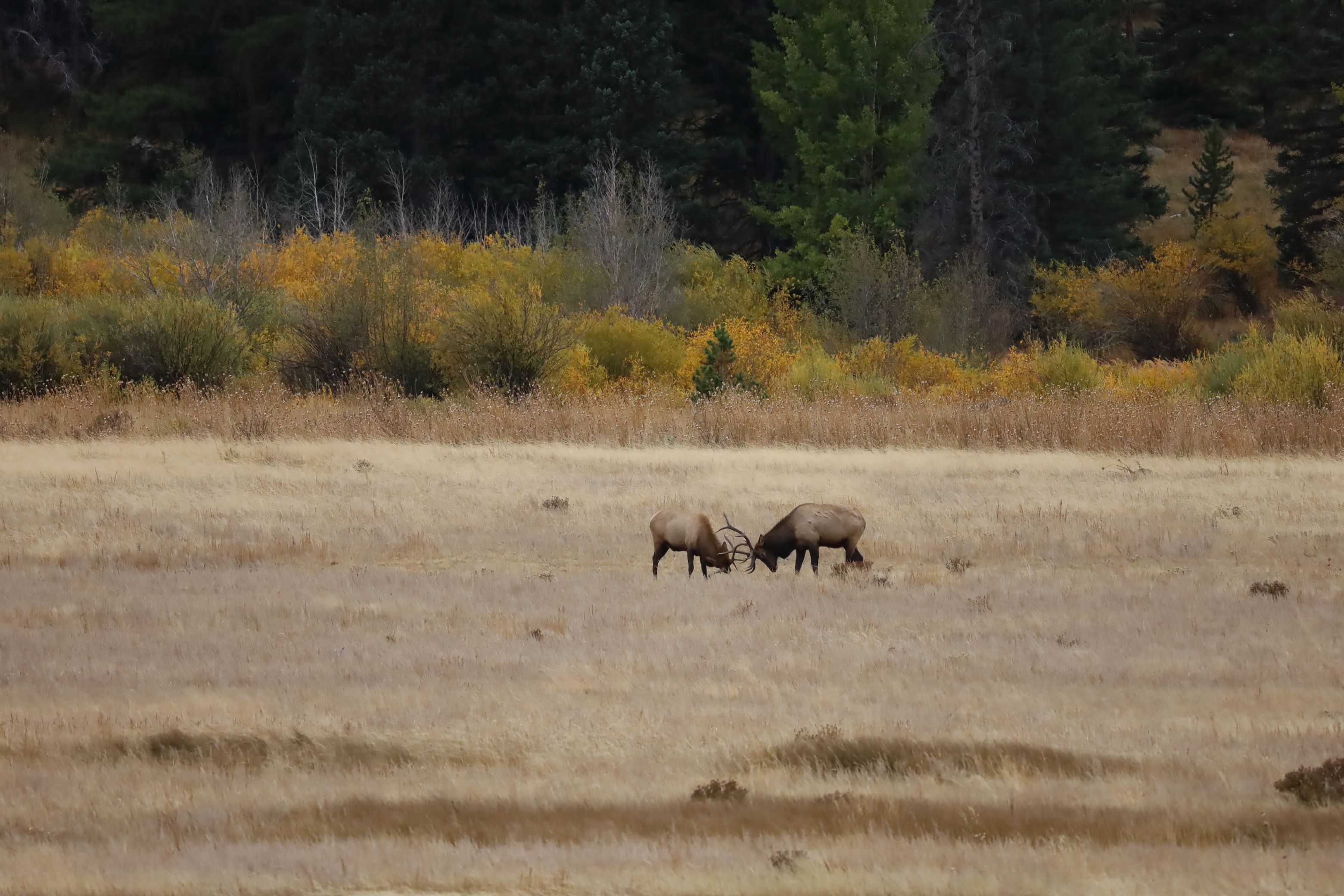

Haha. I was confused. Superb owl
I believe they are: Brown pelican Ring billed gull Sanderlings
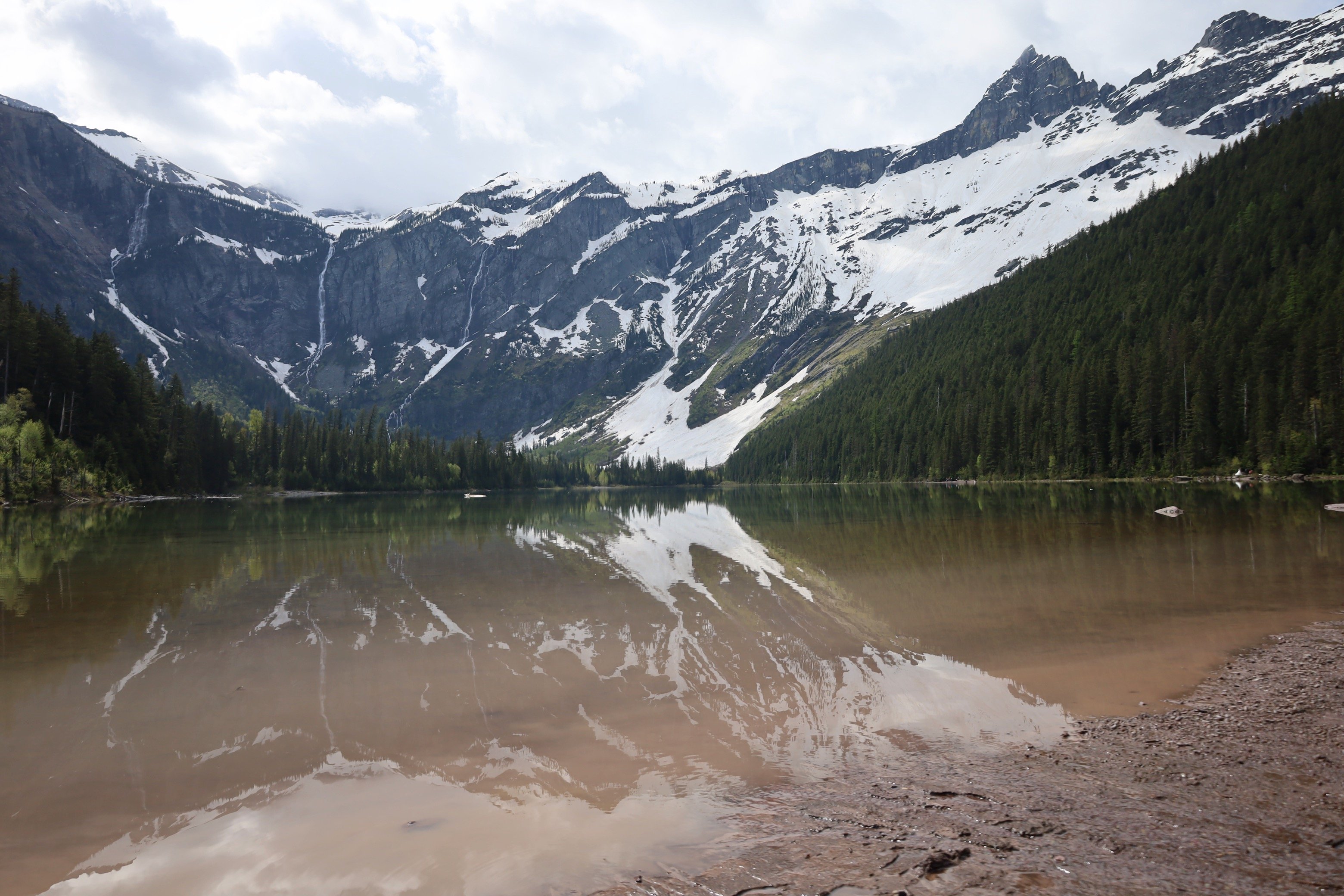
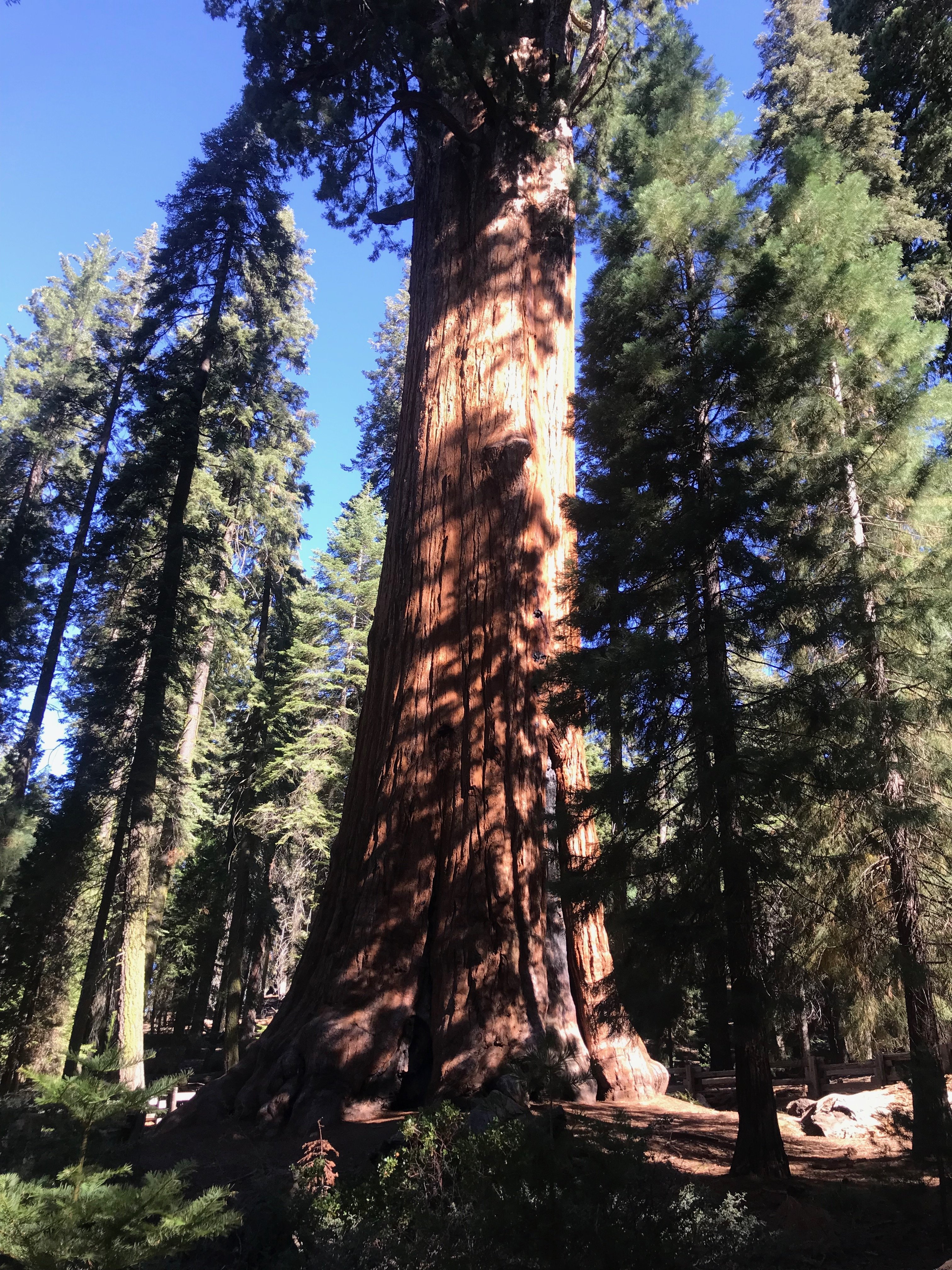
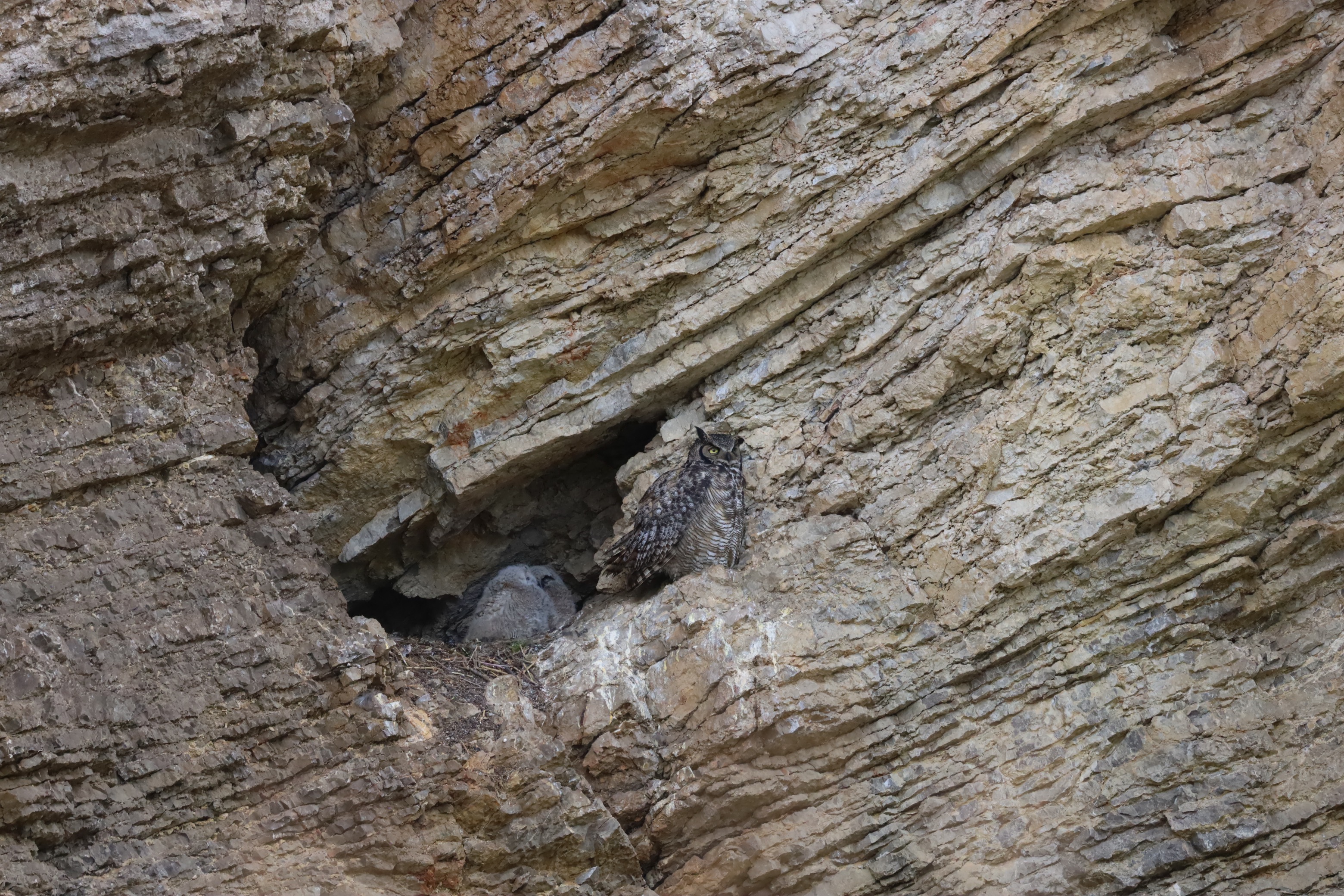
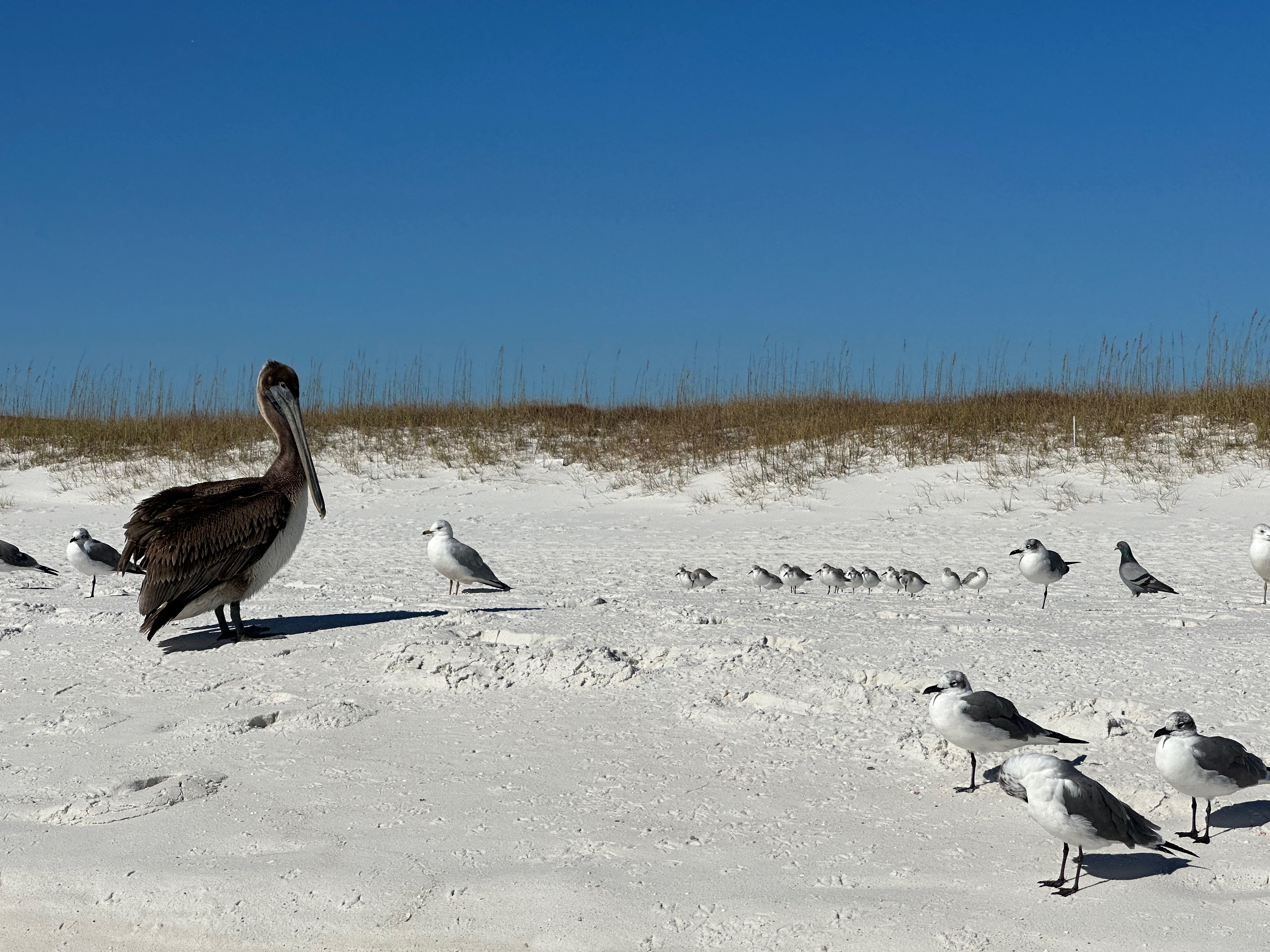
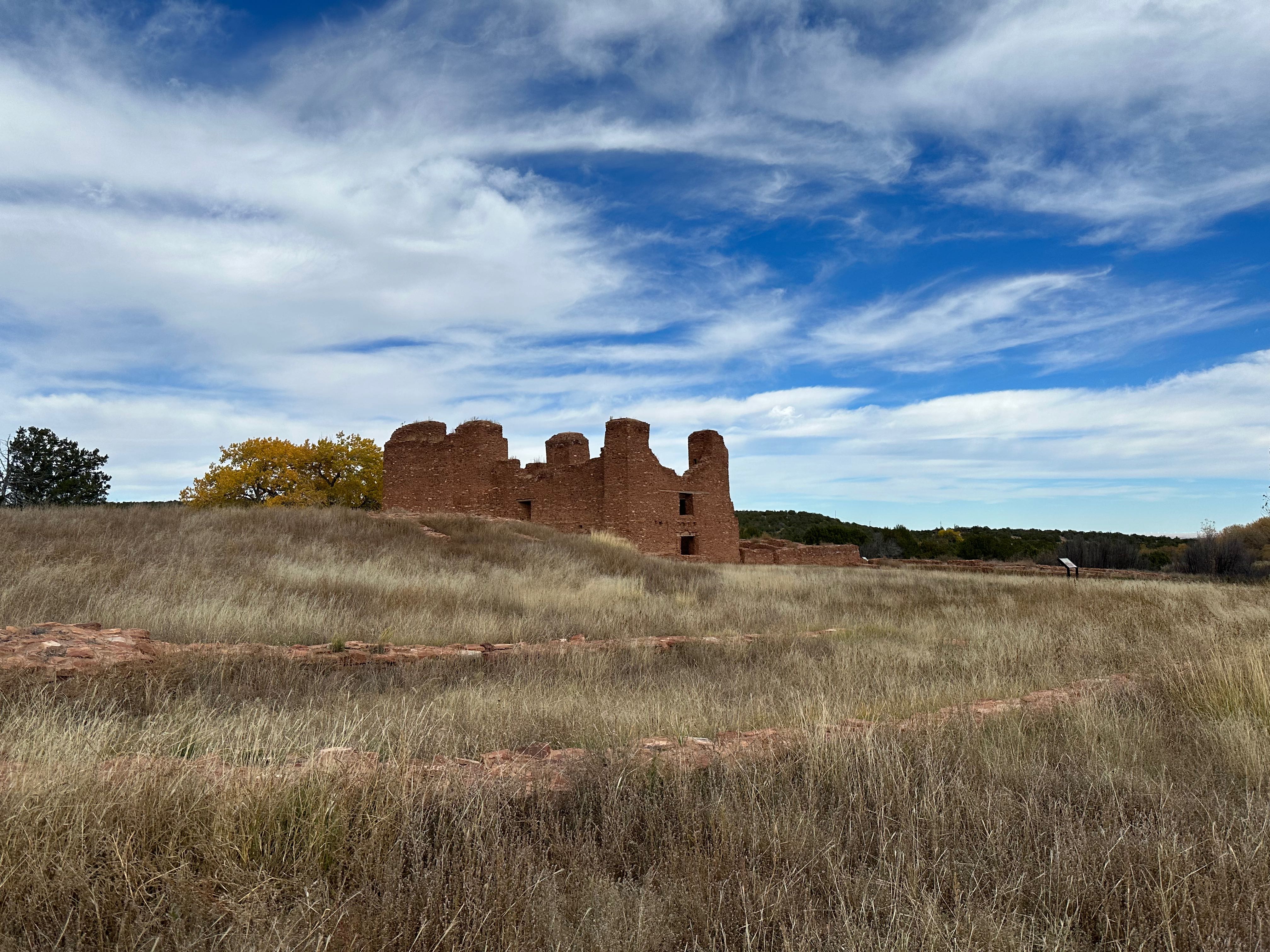
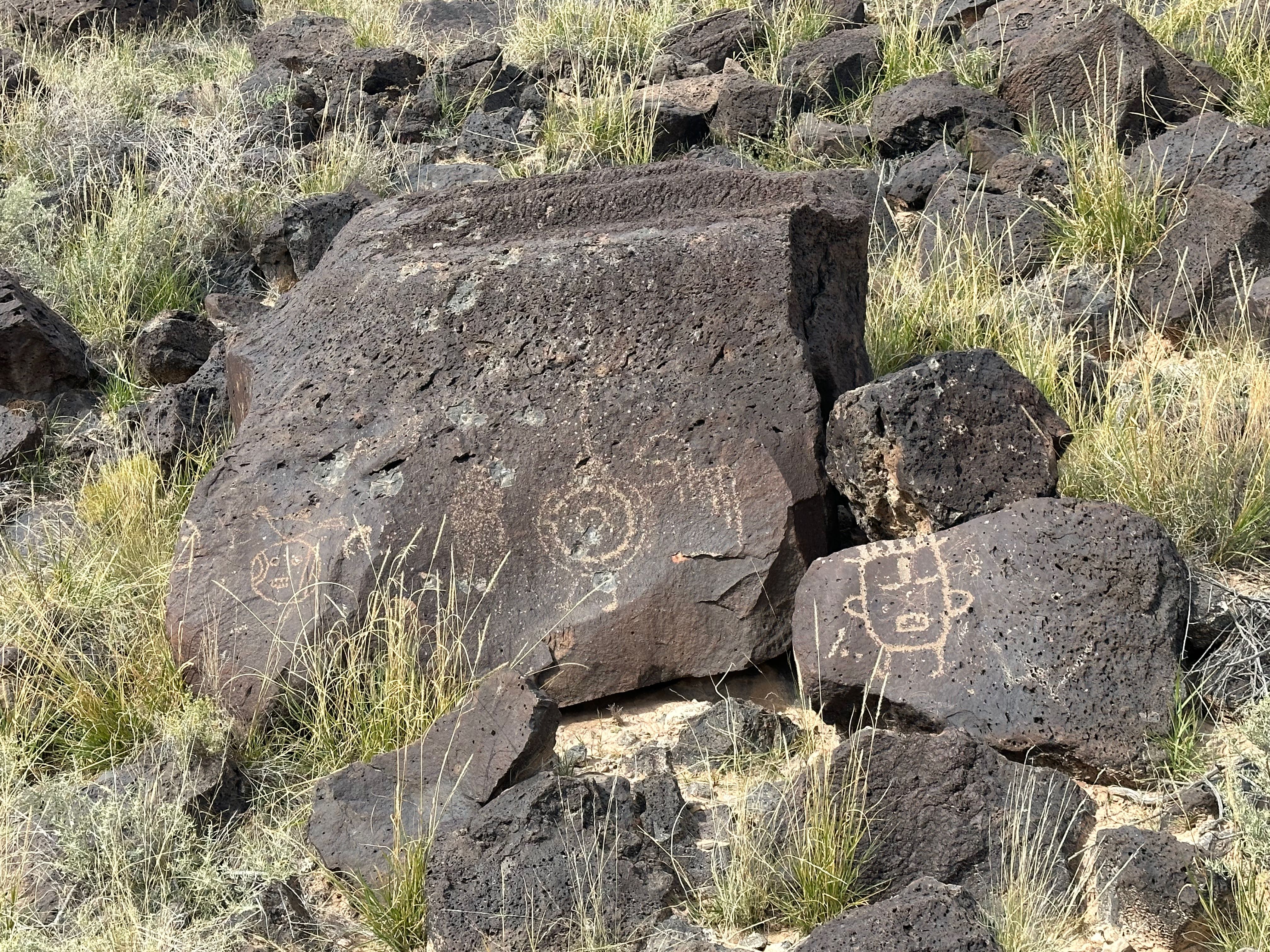
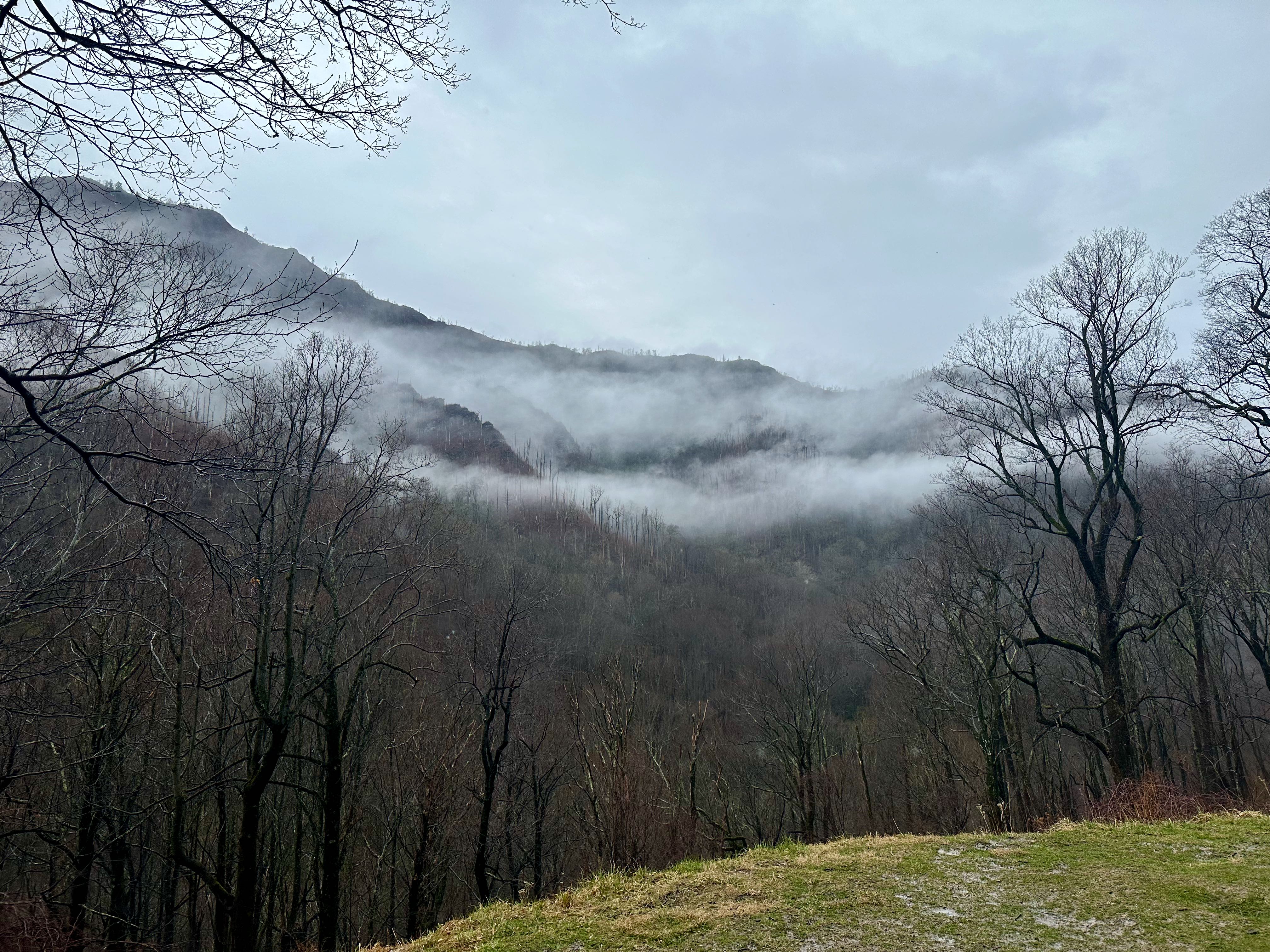
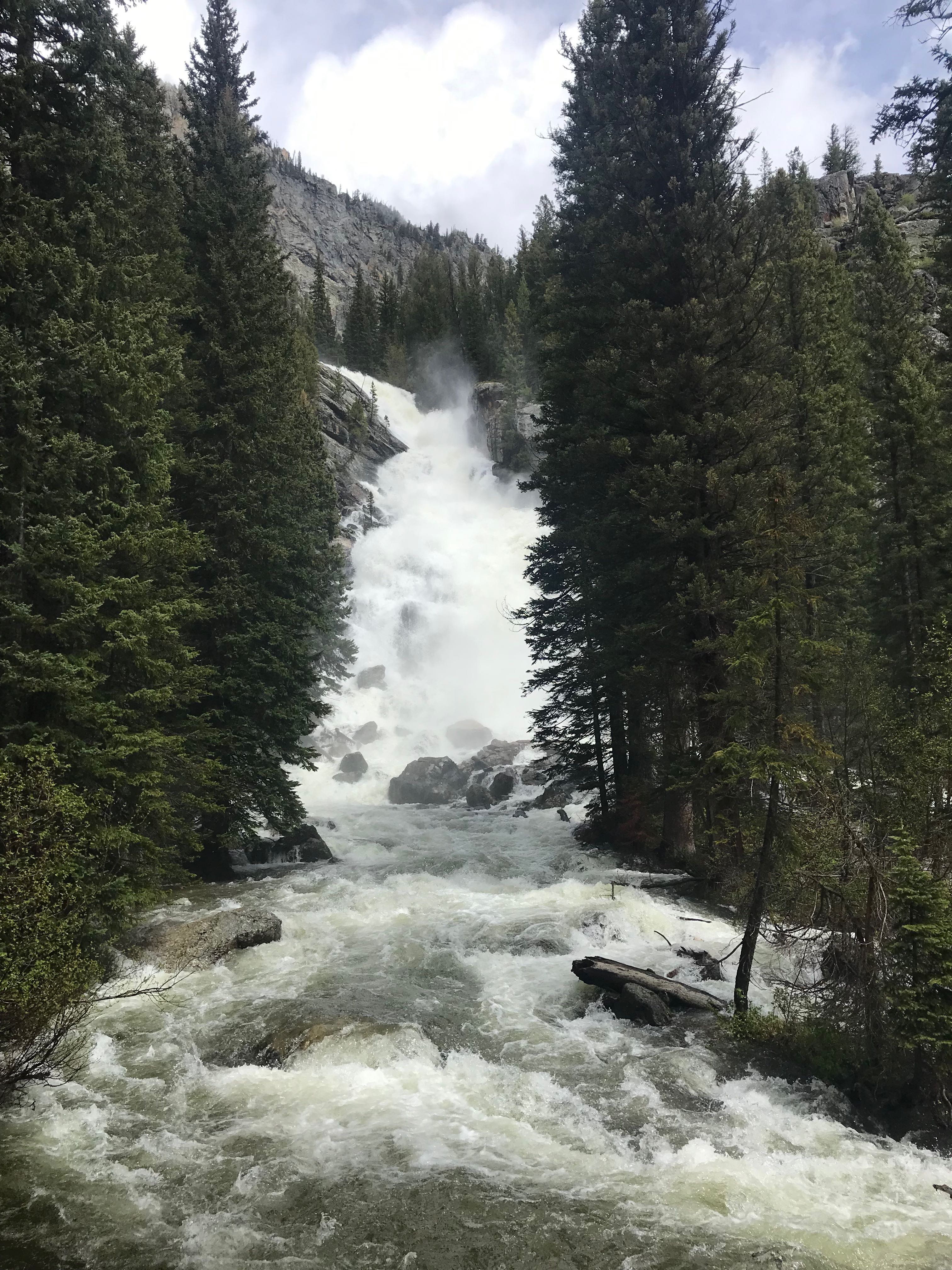
Unfortunately, the glaciers are melting away from Glacier NP. Over the last 150 years, the number of large glaciers has declined from 80 to 32. The number of smaller glaciers went from 144 to 49.